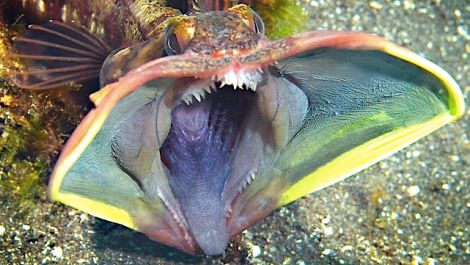
Ancistrus kellerae
The Ancistrus kellerae, is a type of catfish that was discovered in the Amazon. This is one of the weirdest looking fish I have ever seen in my life. In the featured image, you can see the catfish and just how alien like it looks. The eyes are almost albino-like to help see in the murky shallows of the Amazon. The face of the fish has these tentacle like structure coming off of it. This is apparently use to attract mates, the more tentacles the more likely that fish is to reproduce.
The rest of the fish is made completely of armor, which means a bone and scale composition. This is the ridges you can see as you look down to the catfishes tail. Commonly found in South America or as scientist call it the “Guiana Shield”, which is parts of Guyana, Venezuela, and Colombia. A big issue with these fish are that any little change in the water ways can kill these fish. Most health problems found in the fish living there are from agriculture runoff that contains pesticides, removal of habitats, and the byproducts from gold mining. Mining is a problem because once the process of mining is complete, mercury can be found in many of the rocks when looking for gold. Then once everything is cleaned in the facility the water runoff which contains the mercury will go into the rivers and is extremely harmful to all live in that river.
https://www.livescience.com/64763-catifsh-species-head-tentacles.html



